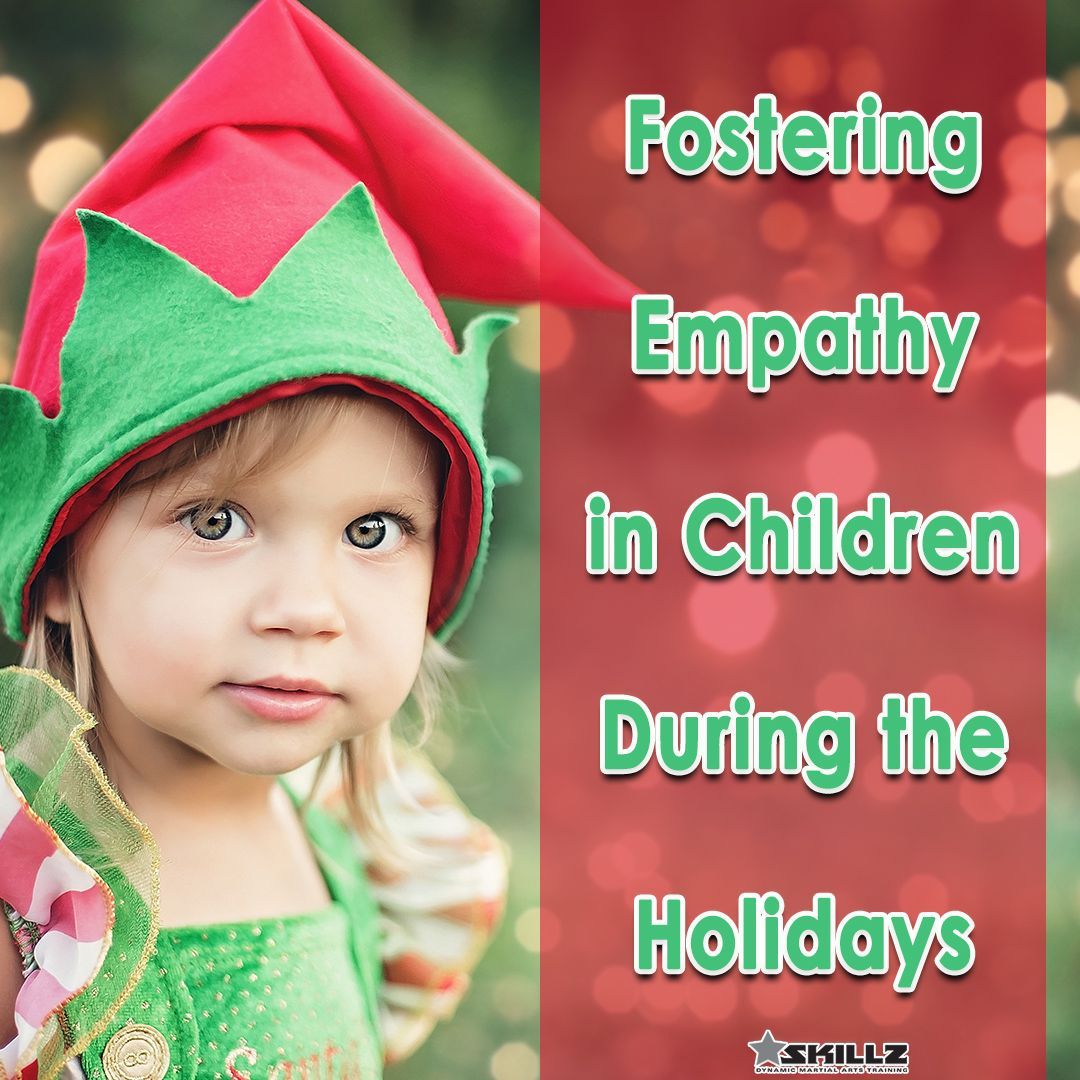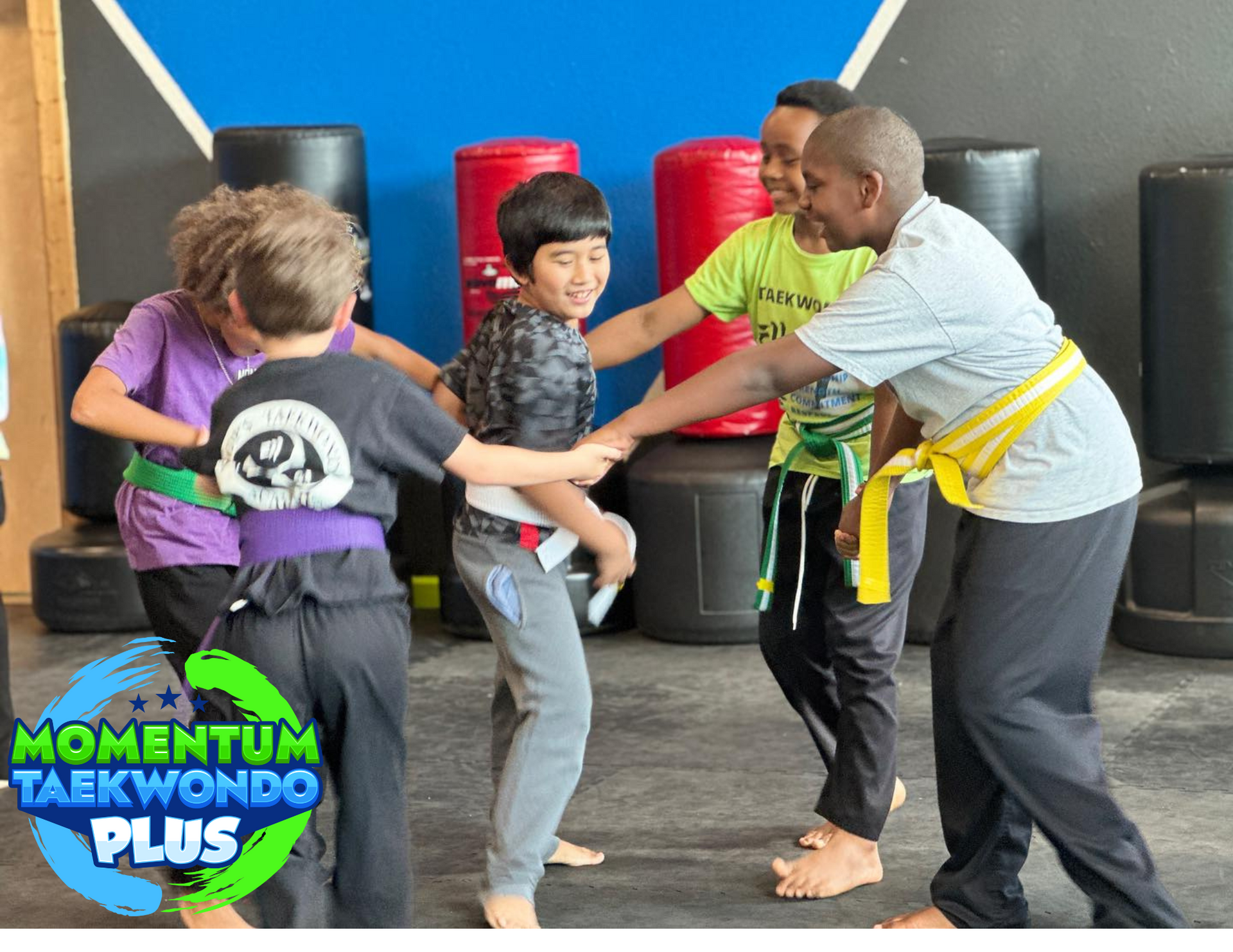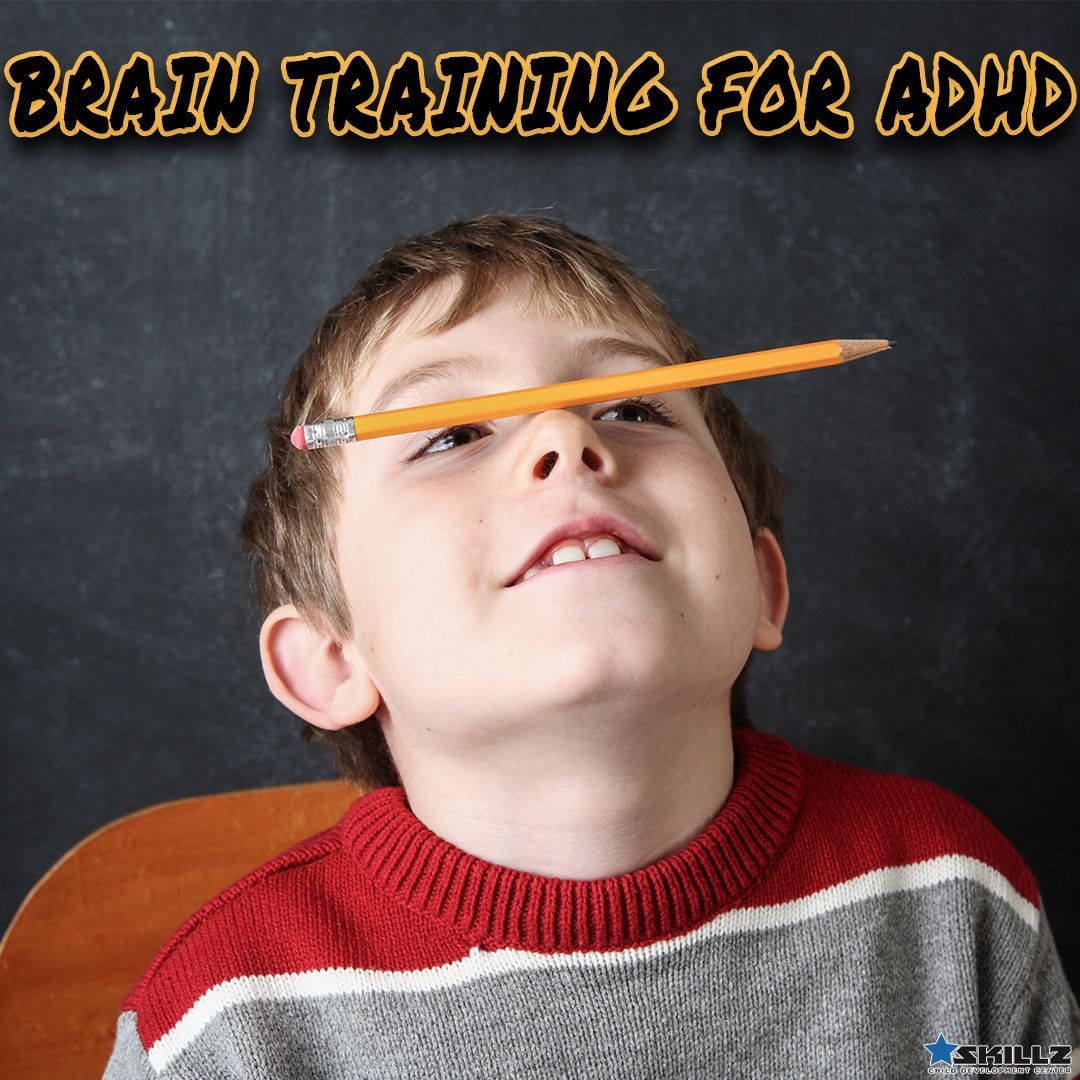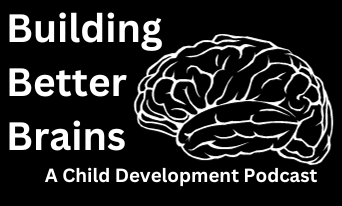Momentum Taekwondo Plus Wants You to Learn More About Martial Arts










⭐⭐⭐⭐⭐
I absolutely love training here, momentum is has the best instructors😁👍🏻👍🏻 …
- Addison M.
Button
⭐⭐⭐⭐⭐
My son started classes here in 2011 when he was little. He loved it and learned a lot about focus and respect. He started back in 2020. We were happy to see many of the same team members. As a teenager we have seen his self confidence grow. Students are also taught mental skills and are encouraged to carry these skills outside of the TKD classroom.
- Holly H.
Button
⭐⭐⭐⭐⭐
We have only been to our evaluation so far but my kid is very excited. Coach Rosalyn has been great with communication and Addison (I hope I got his name right) was amazing. Lots of high fives and encouragement. So eager to see how the rest of this will go. But from the little I have seen, I have a feeling this will get amazing
- Maurice F.
Button
⭐⭐⭐⭐⭐
Excellent location and excellent staff! The hours they’re open are awesome for working families and the attention the staff gives to each and everyone goes above and beyond!
- Brad H.
Button
⭐⭐⭐⭐⭐
My daughter recently started here and we love it!!! It has helped already with her focusing and listening. A great time for her to also socialize with friends. The staff is very attentive and open for comments and suggestions. We have already signed up for summer camp. Looking forward to more fun and learning with that experience.
- Jessica W.
Button
⭐⭐⭐⭐⭐
Bishop's TaeKwonDo Plus is an amazing facility with awesome coaches and instructors. My child has been going for a month and absolutely loves it. It teaches structure, discipline, different techniques, and much more. I couldn't ask for anything better for my child. My child is Autistic and the classes have helped so much. We will definitely continue to go to more classes. Thank you to the coaches and instructors at Bishop's TaeKwonDo Plus!!
- Shannon
Button
⭐⭐⭐⭐⭐
I love the atmosphere if this place..Mrs Bishop is the best instructor, she doesn't give the students belts she makes sure they are trained properly to earn them....She's super nice, my son attended her classes in W.R and is with her at this location...Love this place!!
- Tashel C.
Button
⭐⭐⭐⭐⭐
Hands down the best coaches in town. They take their time to teach, train and help you and your kids understand what they are teaching. My kids look forward to going everyday
- Jose R.
Button
⭐⭐⭐⭐⭐
My son went to summer camp here last year and he absolutely loved it and still talks about it. We will definitely be signing him up again for summer camp!
- Samantha T.
Button
⭐⭐⭐⭐⭐
My daughter attends regularly and thoroughly enjoys going. Instructors are very patient but effective handling mine, who can sometimes be a handful. Seems like the instructors are very knowledgeable and care about what they are teaching.
- James S.
Button
⭐⭐⭐⭐⭐
We love Everything and everyone here. They have a great team of leaders.
- Colleen R.
Button
⭐⭐⭐⭐⭐
A fun place full of good people! Everyone is friendly and they offer the best martial arts and self defense programs!! I definitely recommend checking them out
- Grace B.
Button
⭐⭐⭐⭐⭐
Started with this very organization back in 1986. Did not matter what school I attended, or in what state I was in. The instructors as well as my fellow students were as professional, friendly, and as helpful as could be. The lessons are well taught and very organized also. Now that we're here in 2021. I received the same treatment when I attended school here as I did when I started back in 1986. Awesome organization with a Great environment.
- anonymous
Button
⭐⭐⭐⭐⭐
Great instructor and amazing place to learn TKD and Neo-bartitsu. Come check it out, super useful and practical self-defense.
- Jeff H.
Button
⭐⭐⭐⭐⭐
Best Martial arts instruction in Columbus!!
- Daniel B.
Button
⭐⭐⭐⭐⭐
We are a family here. Great instructors! Life skills as well as martial arts taught here.
- Valerie S.
Button
Phone: (706) 251-8808
Email: bestkids@momentumbest.com
Address: 6600 Flat Rock Road, Midland, GA 31820
Business Hours
Mon - Fri: 9:00 a.m. – 6:30 p.m.
Sat: 9:00 a.m. – 1:00 p.m.
Sun: Closed
By appointment only
Closed for all major public holidays.









